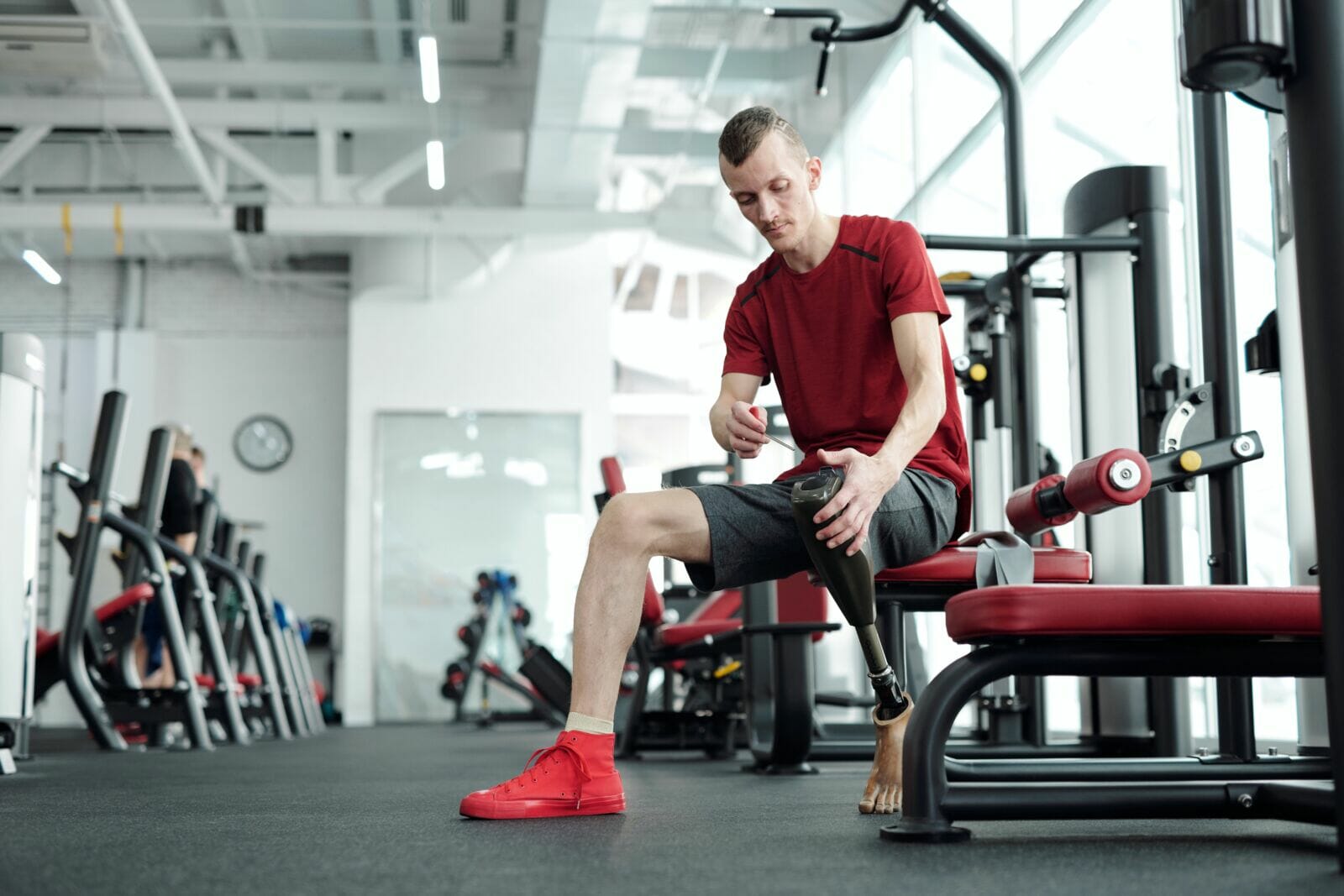Facing a diagnosis of osteosarcoma can be overwhelming, and the journey through treatment often involves significant challenges, including the possibility of amputation. Osteosarcoma, a type of bone cancer, frequently necessitates the removal of affected limbs to prevent the spread of the disease. While this life-saving procedure can drastically alter one’s physical capabilities, advancements in orthotics and prosthetics offer hope and new possibilities for those affected. This guide aims to provide a comprehensive overview of the role of orthotics and prosthetics services in navigating life after an osteosarcoma amputation, helping individuals regain mobility and improve their quality of life.
Understanding Osteosarcoma and the Need for Amputation
Osteosarcoma is a rare but aggressive form of bone cancer that primarily affects children and young adults. It often develops in the long bones of the body, such as those in the arms and legs. When osteosarcoma is diagnosed, one of the primary goals of treatment is to remove the cancerous tissue. In many cases, this involves performing an amputation to ensure that the cancer does not spread to other parts of the body. This decision is made with the intent to save the patient’s life, but it also introduces a range of physical and emotional challenges.
The physical challenges are immediate and profound. Losing a limb impacts mobility, balance, and the ability to perform everyday tasks. Emotionally, patients may struggle with the loss of independence and changes to their body image. However, with the aid of orthotics and prosthetics services, individuals can begin to rebuild their lives, adapting to their new circumstances with resilience and strength.
The Role of Orthotics and Prosthetics Services
Orthotics and prosthetics services play a crucial role in the rehabilitation process for amputees. These services provide specialized devices designed to replace lost limbs or support weakened ones, significantly enhancing mobility and functionality. Orthotics are devices that support or correct the function of a limb, while prosthetics are artificial limbs that replace a missing body part.
Prosthetic limbs come in various types, each tailored to meet the specific needs of the user. These range from basic models that facilitate simple movements to advanced, computer-controlled prosthetics that mimic the natural motion of real limbs. Orthotics and prosthetics services ensure that patients receive the most appropriate devices for their condition, maximizing their potential for recovery and independence.
In addition to the physical benefits, these services also provide critical support in adapting to life post-amputation. Specialists work closely with patients to customize and adjust their devices, ensuring a comfortable and functional fit. This personalized approach helps to address the unique challenges faced by each individual, promoting a smoother and more successful transition.
Choosing the Right Prosthetics and Orthotics
Selecting the right prosthetic limb or orthotic device is a vital step in the rehabilitation process. Several factors must be considered to ensure that the chosen device meets the patient’s specific needs. These factors include the level of amputation, the patient’s lifestyle and activity level, and any additional medical conditions that might affect the use of the device.
The importance of a personalized fit cannot be overstated. An ill-fitting prosthetic or orthotic can cause discomfort, and skin irritation, and even lead to further complications. Therefore, the process of getting fitted for these devices is meticulous and thorough. During the fitting, specialists take precise measurements and make adjustments to ensure the device fits snugly and comfortably.
Once fitted, patients undergo a period of adaptation, where they learn to use their new limb or support effectively. This involves training sessions to practice walking, standing, and other movements, gradually building up strength and confidence. Orthotics and prosthetics services provide ongoing support during this phase, making necessary adjustments and offering guidance to ensure optimal use and comfort.
Support from Specialized Centers
Specialized centers for orthotics and prosthetics play a pivotal role in the successful rehabilitation of amputees. These centers offer a comprehensive range of services designed to address the diverse needs of their patients. For instance, a center for prosthetics and orthotics Albuquerque provides state-of-the-art facilities and access to experienced professionals who are dedicated to improving patient outcomes.
Such centers offer a holistic approach to rehabilitation, combining medical expertise with advanced technology. Patients receive personalized care plans that include fitting, customization, and ongoing support for their prosthetic and orthotic devices. Additionally, these centers often provide access to physical therapy, counseling, and support groups, creating a supportive environment that fosters recovery and adaptation.
The expertise and resources available at specialized centers significantly enhance the rehabilitation process. Patients benefit from the latest advancements in prosthetic technology and receive tailored care that addresses their unique needs. This comprehensive support system plays a critical role in helping individuals regain their independence and improve their quality of life after an osteosarcoma amputation.
Emotional and Psychological Support
While physical adaptation to life after an osteosarcoma amputation is critical, the emotional and psychological aspects are equally important. The journey of losing a limb and adapting to prosthetics or orthotics can be emotionally taxing, often requiring robust support systems. Ensuring mental health and emotional well-being should be a top priority.
Counseling and therapy are invaluable resources for individuals coping with the emotional aftermath of amputation. Professional counselors can help patients process their feelings, develop coping strategies, and navigate the complex emotions associated with body image changes and loss of independence. Additionally, support groups provide a sense of community and understanding, as they connect individuals with others who have undergone similar experiences.
Building a supportive network is also essential. Family and friends play a vital role in offering emotional support and practical assistance. Encouraging open communication within this network can help individuals feel less isolated and more understood. Rehabilitation centers and orthotics and prosthetics service providers often facilitate connections to support groups and mental health resources, contributing to a holistic approach to recovery.
Conclusion
The path to recovery after an osteosarcoma amputation is filled with challenges, but it is also marked by resilience and determination. Through the use of advanced orthotics and prosthetics services, individuals can regain mobility and a sense of normalcy, significantly improving their quality of life. From understanding the impact of osteosarcoma to selecting the right devices and seeking support from specialized centers, each step is crucial in navigating this journey.
As individuals adapt to their new circumstances, the integration of both physical and emotional support becomes paramount. By leveraging the resources and expertise available through specialized centers, and by maintaining a strong support network, those affected by osteosarcoma can find a renewed sense of hope and possibility. Ultimately, the goal is to empower individuals to live fulfilling lives, embracing new opportunities with confidence and strength.




